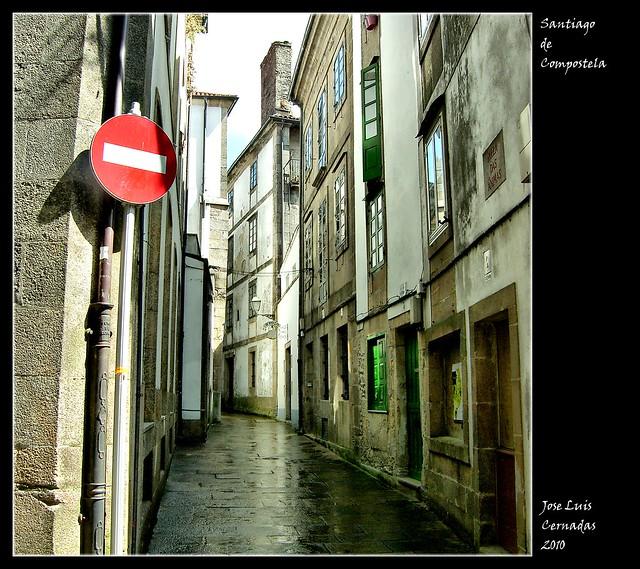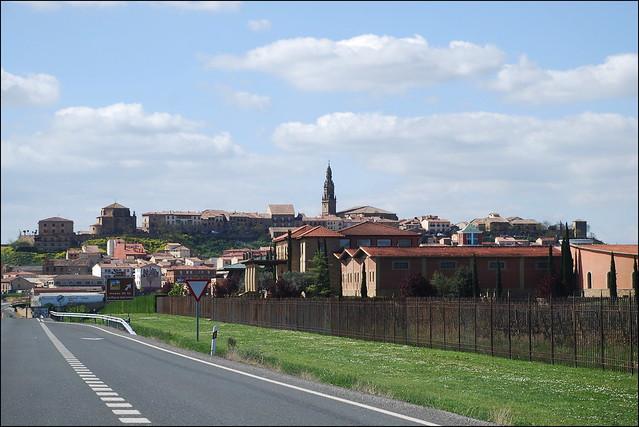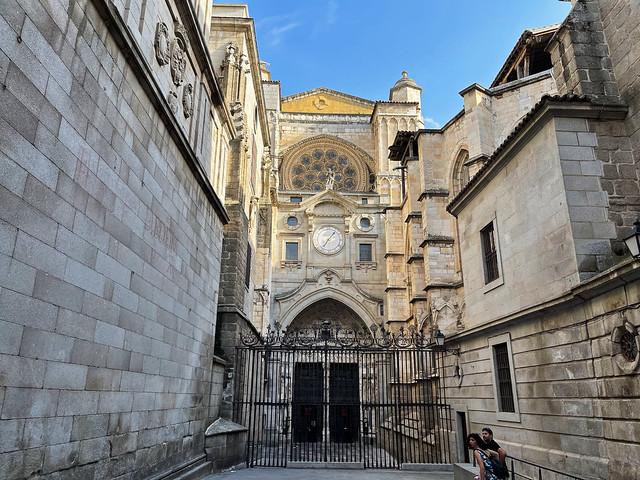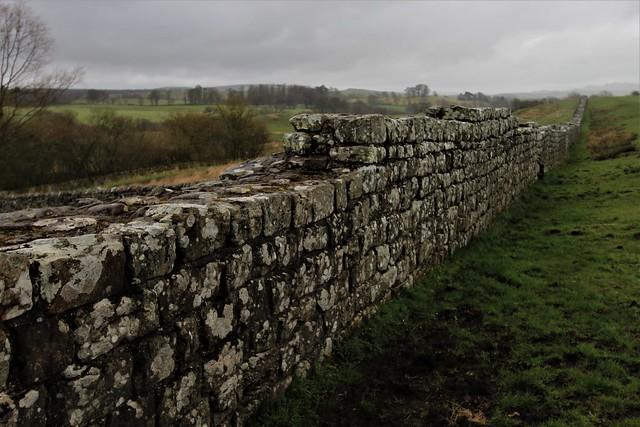Provincia de Zamora
Overview
Historical Significance
Zamora, located in the northwest region of Spain known as Castilla y León, is a city steeped in rich history and cultural heritage. Founded during the Roman era, the city boasts a well-preserved medieval layout, with narrow cobblestone streets that invite exploration. The historical significance of Zamora is best highlighted by its impressive fortifications and the numerous churches that dot the landscape, many of which date back to the 12th century. The iconic Castle of Zamora stands as a testament to the city’s strategic importance during the medieval period, while the Cathedral of Zamora, with its stunning dome and remarkable Romanesque architecture, serves as a centerpiece of the city’s skyline.
Cultural Richness
Zamora is renowned for its vibrant cultural scene, particularly its fascinating Holy Week celebrations, which UNESCO has recognized as a Masterpiece of the Oral and Intangible Heritage of Humanity. During this time, the streets come alive with solemn processions, elaborate floats, and the haunting sounds of traditional music. The city’s local traditions are deeply rooted in its history, with many festivals showcasing traditional crafts, food, and music that reflect the unique identity of the region. The Semana Santa (Holy Week) is a must-see, where visitors can witness the intricate rituals and community spirit that define Zamora’s culture.
Atmosphere and Lifestyle
Wandering through the streets of Zamora offers a glimpse into a lifestyle that is both relaxed and rich in tradition. The atmosphere is particularly inviting, as charming plazas filled with local cafés and shops provide perfect spots to savor regional delicacies. The local cuisine features renowned dishes such as queso zamorano (sheep cheese) and arroz a la zamorana (Zamora-style rice), showcasing the agricultural bounty of the surrounding areas. Enjoying a meal in one of the many traditional taverns allows visitors to immerse themselves in the local way of life, where friendly conversations and warm hospitality abound.
Local Characteristics
Zamora is characterized by its unique blend of natural beauty and architectural elegance. The city is situated alongside the Duero River, which not only enhances its picturesque scenery but also provides opportunities for outdoor activities such as walking and cycling along the riverbank. The surrounding countryside, with its rolling hills and vineyards, invites exploration and offers a chance to experience the serene landscapes of rural Spain. Additionally, the city is dotted with charming neighborhoods that reflect its historical richness, from the ancient Jewish quarter to the bustling market areas where local artisans showcase their crafts.
Art and Museums
For art enthusiasts, Zamora offers several museums that highlight its artistic heritage. The Diocesan Museum houses an impressive collection of religious art, featuring works from notable Spanish artists, while the Provincial Museum showcases archaeological finds and artifacts that trace the city’s past. The blend of contemporary galleries and traditional art spaces also reflects Zamora’s commitment to fostering creativity and dialogue about its cultural identity. Visitors can often find exhibitions and workshops that celebrate both local and international artists, enriching their understanding of the region's artistic landscape.
Zamora, with its historical depth, vibrant culture, and inviting atmosphere, is a hidden gem in Spain that offers travelers a unique glimpse into the country’s rich tapestry of history and modern life.
Other towns or cities you may like in Spain
Explore other cities that share similar charm and attractions.






